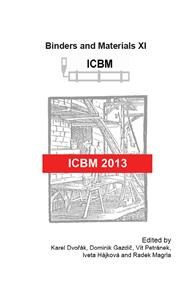p.77
p.83
p.87
p.93
p.99
p.103
p.109
p.113
p.117
The Influence of Silane Coupling Agent on Glued Spruce Wood Using Epoxy Adhesive
Abstract:
The paper deals with the evaluation of epoxy adhesive modification by silane coupling agent used for gluing process of spruce wood. Moreover, the usage of primer containing the silane coupling agent was performed to find out, whether better compatibility between spruce wood and epoxy adhesive at the interface bondline can ensure sufficient resistance to delamination process. As the main criterion, tensile shear strength properties of glued specimens in different thermal and moisture exposures were carried out.
Info:
Periodical:
Pages:
99-102
Citation:
Online since:
February 2014
Authors:
Keywords:
Price:
Сopyright:
© 2014 Trans Tech Publications Ltd. All Rights Reserved
Share:
Citation:


